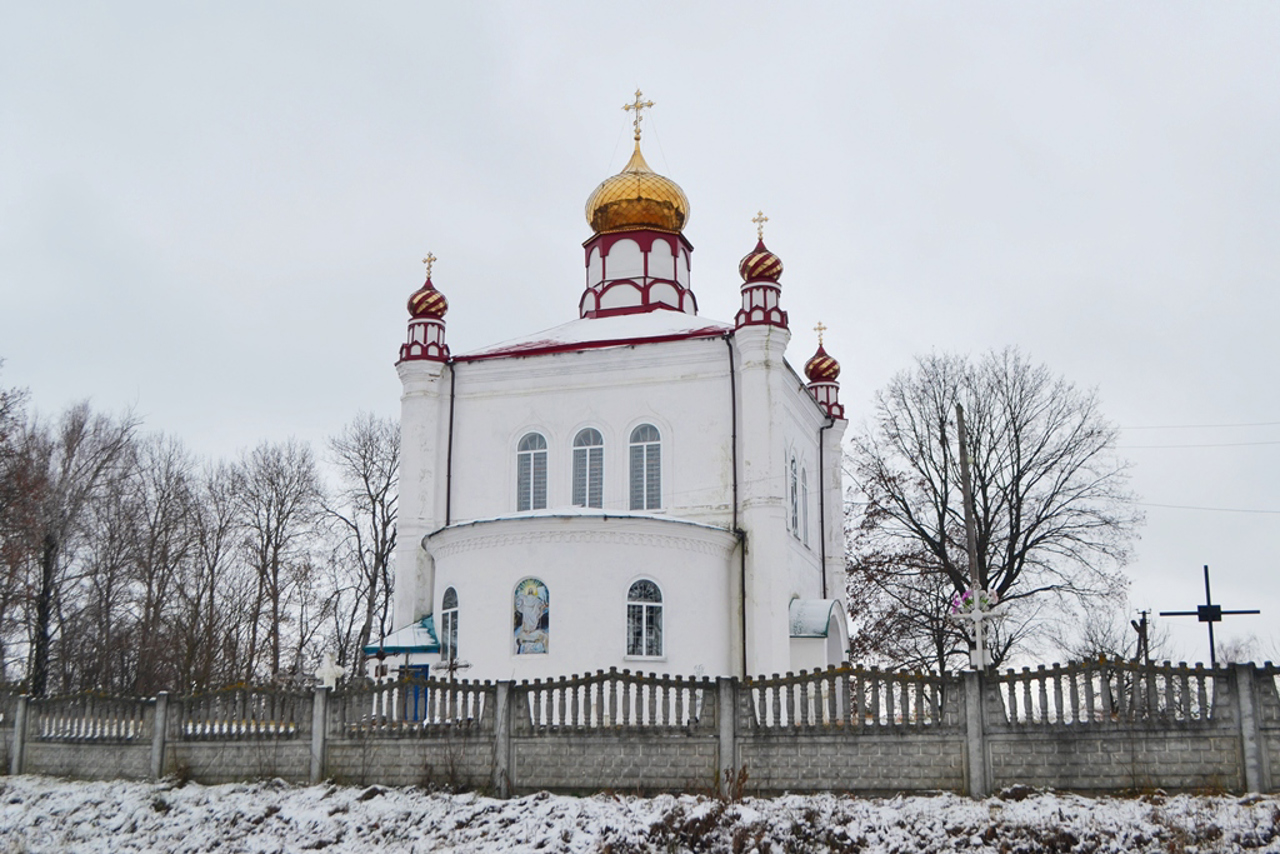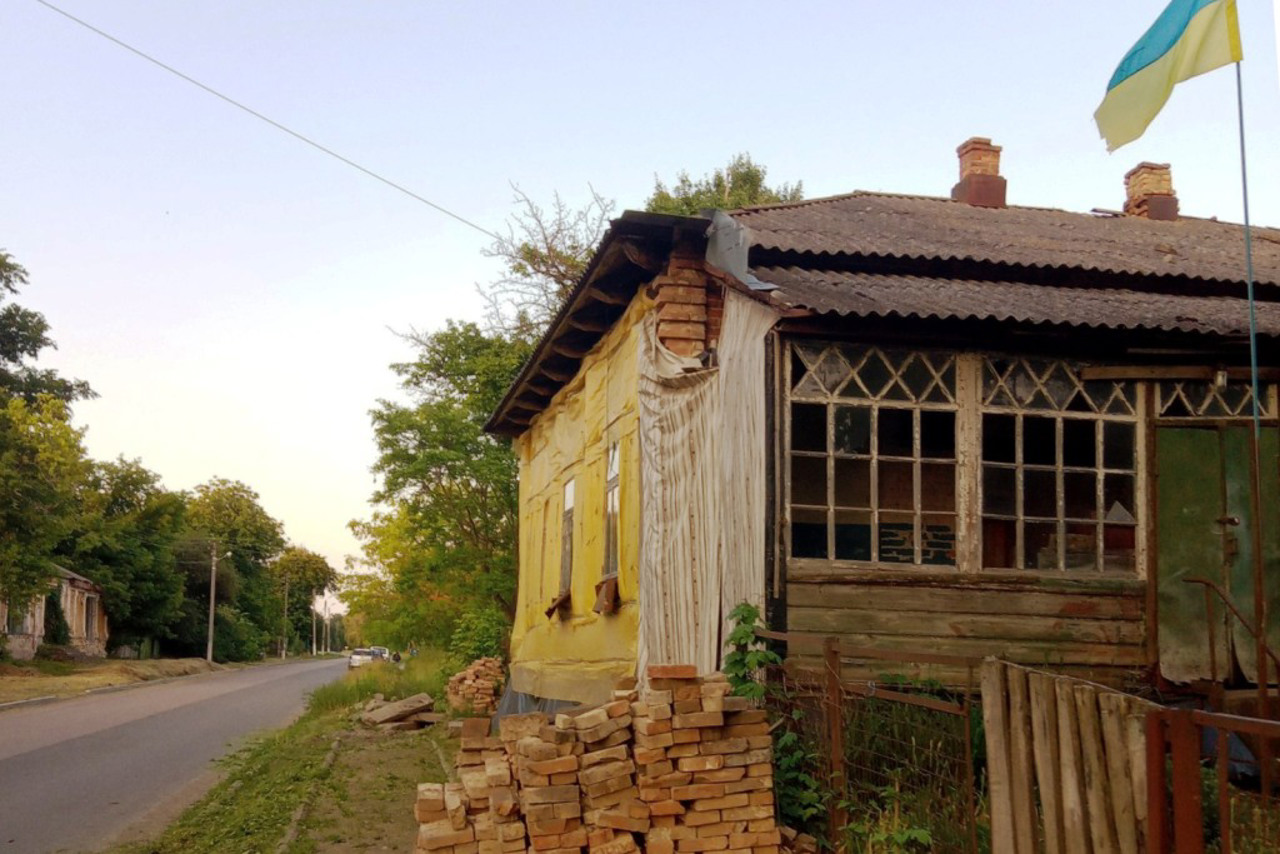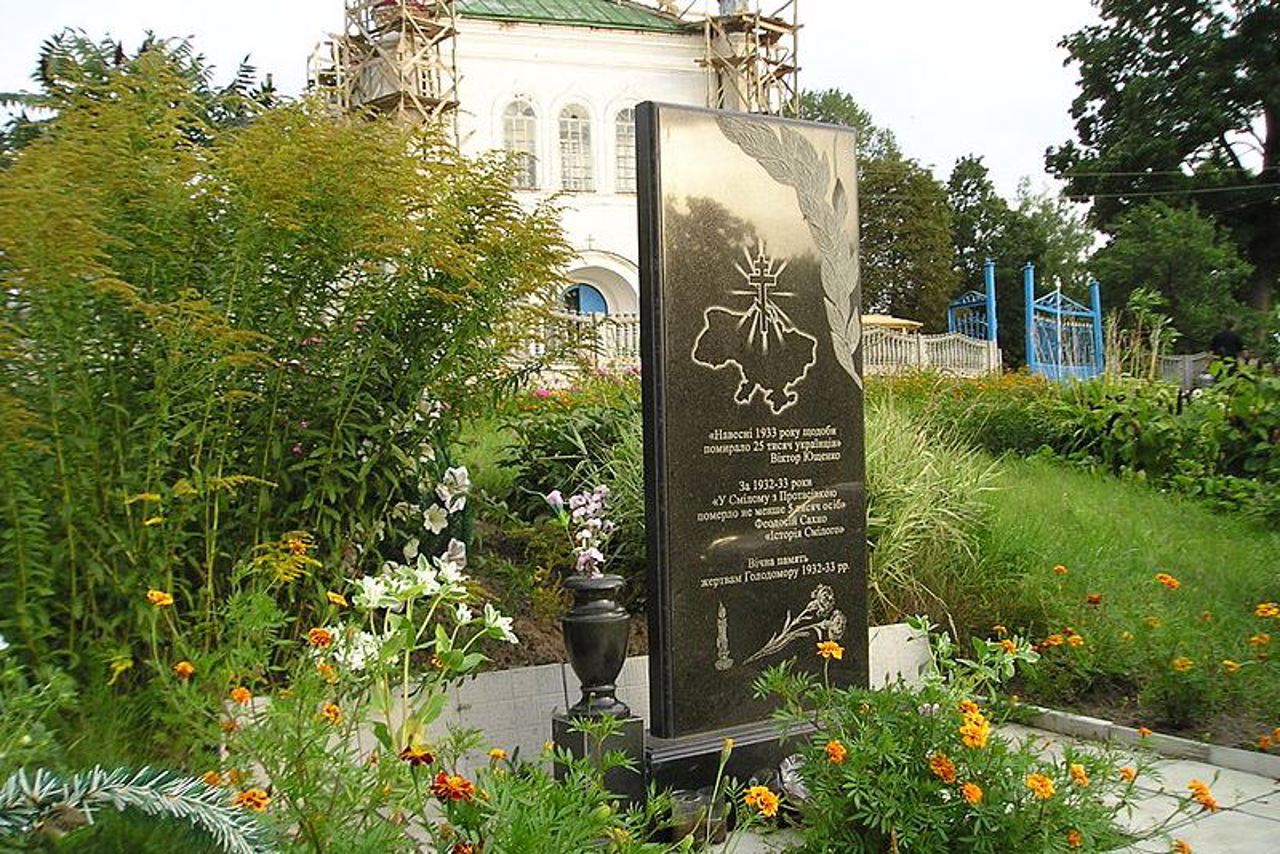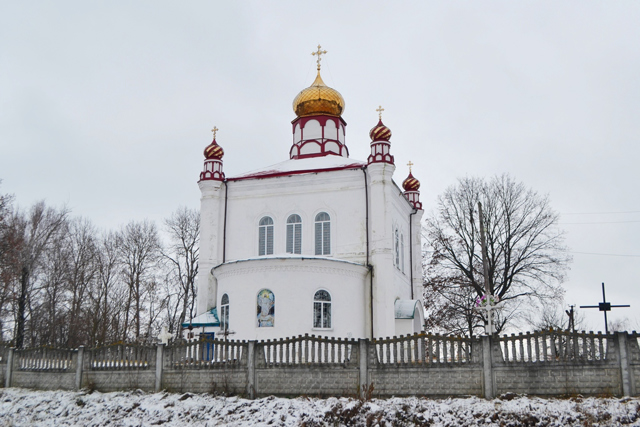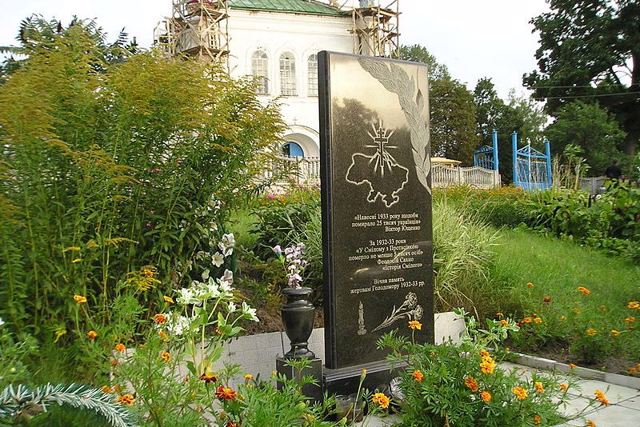Functional temporarily unavailable
General information about Smile
The village of Smile is located at the confluence of the Smila River into the Byshkin River, 25 kilometers north of Romny. Administratively, it is part of the Khmeliv hromada of the Romny district of the Sumy region.
Historical documents show that the Smila fortress was founded in 1649 by the Cossacks of the Pavoloch regiment. Later, the settlement became a hundred town of the Lubny regiment and received its own coat of arms. At the beginning of the 17th century, it belonged to the Kyiv-Pechersk Lavra.
In the 19th century, Smile was the administrative center of the Smile volost of the Romny district of the Poltava province. It was famous for its craft workshops, shopping arcades, and seven magnificent temples. Of these, only the Resurrection Church, built in 1914, remains....
The village of Smile is located at the confluence of the Smila River into the Byshkin River, 25 kilometers north of Romny. Administratively, it is part of the Khmeliv hromada of the Romny district of the Sumy region.
Historical documents show that the Smila fortress was founded in 1649 by the Cossacks of the Pavoloch regiment. Later, the settlement became a hundred town of the Lubny regiment and received its own coat of arms. At the beginning of the 17th century, it belonged to the Kyiv-Pechersk Lavra.
In the 19th century, Smile was the administrative center of the Smile volost of the Romny district of the Poltava province. It was famous for its craft workshops, shopping arcades, and seven magnificent temples. Of these, only the Resurrection Church, built in 1914, remains.
During Soviet times, Smile was a district center for some time. At least 2,000 residents died during the Soviet-organized Holodomor of 1932-1933. A memorial to the victims of the Holodomor is erected on the hill near the church.
The village's history was researched by amateur historian and dissident Feodosii Sakhno, author of the book "The Story of the Smile," whose name is given to the local lore museum.
Село Сміле розташоване при впадінні річки Сміла в річку Бишкінь за 25 кілометрів на північ від Ромнів. Адміністративно входить до складу Хмелівської громади Роменського району Сумської області.
З історичних документів відомо, що фортецю Смілу заснували 1649 року козаки Паволоцького полку. Згодом поселення стало сотенним містечком Лубенського полку та отримало власний герб. На початку XVII століття належало Києво-Печерській лаврі.
У XIX столітті Сміле було адміністративнивним центром Смілянської волості Роменського повіту Полтавської губернії. Славилося воно ремісничими цехами, торговими рядами та сімома величними храмами. Із них залишиться тільки Воскресенська церква, збудована 1914 року.
За радянських часів Сміле певний час було районним центром. Під час організованог ...
Село Сміле розташоване при впадінні річки Сміла в річку Бишкінь за 25 кілометрів на північ від Ромнів. Адміністративно входить до складу Хмелівської громади Роменського району Сумської області.
З історичних документів відомо, що фортецю Смілу заснували 1649 року козаки Паволоцького полку. Згодом поселення стало сотенним містечком Лубенського полку та отримало власний герб. На початку XVII століття належало Києво-Печерській лаврі.
У XIX столітті Сміле було адміністративнивним центром Смілянської волості Роменського повіту Полтавської губернії. Славилося воно ремісничими цехами, торговими рядами та сімома величними храмами. Із них залишиться тільки Воскресенська церква, збудована 1914 року.
За радянських часів Сміле певний час було районним центром. Під час організованого радянською владою Голодомору 1932-1933 років померло щонайменше 2000 жителів. Дослідженням історії села займався історик-аматор і дисидент Феодосій Сахно, автор книги "Історія Смілого", чиє ім'я носить місцевий краєзнавчий музей.
Сплануй своє перебування у Smile
What to see and where to go in Smile
Tourist attractions and museums of Smile
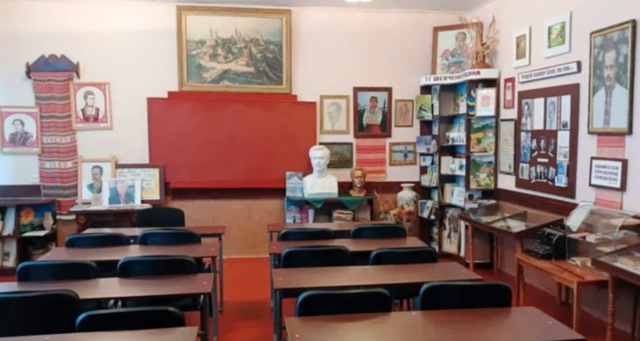
Feodosii Sakhno Literary and Local Lore Museum
Museum / gallery
The Feodosii Sakhno Exemplary Literary and Local Lore Museum in Smile opened in 2008. Dedicated to the local amateur historian, writer, artist and dissident Feodosii Sakhno, author of the book "The Story of the Smile".
The museum is located in the premises of the Smile Lyceum, which bears the name of Feodosii Sakhno, since it was in the former Smile Secondary School that the historian taught during the Soviet era and it was here that he founded the first rural local history museum on a non-profit basis.
The exhibition presents personal belongings of Feodosii Sakhno, photographs, books from his library, publications, letters, manuscripts, his paintings and paintings by artist friends, and products of Smile craftsmen. Here you can learn about the difficult times in which the local historian lived and his civic position. The watercolor by Mykola Samokhin, which depicts the house of the local historian, where many prominent people of the region visited, attracts attention.
A separate section of the exhibition is dedicated to two talented writers and publicists, Arkadii Motsny and Hryhorii Tarasenko, who presented their new books at the museum.
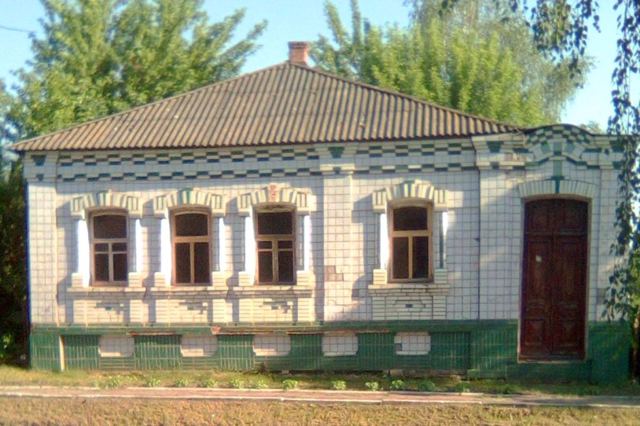
Smile Historical and Local Lore Museum
Museum / gallery
The Smile Historical and Local Lore Museum is located in the former house of a wealthy peasant in the center of the village of Smile, built over a hundred years ago. In Soviet times, it housed the district police department.
The exhibition presents documents and photographs telling about the history of the village of Smile, samples of traditional Ukrainian clothing, embroidered towels, antique dishes, household items, tools, old medical instruments. The interiors of a traditional Ukrainian hut and a village clinic of the mid-20th century are recreated.
Smile on photo and video
Reviews Smile
Geographical information about Smile
| {{itemKey}} | {{itemValue}} |
|---|---|
| Region |
Sumy |
